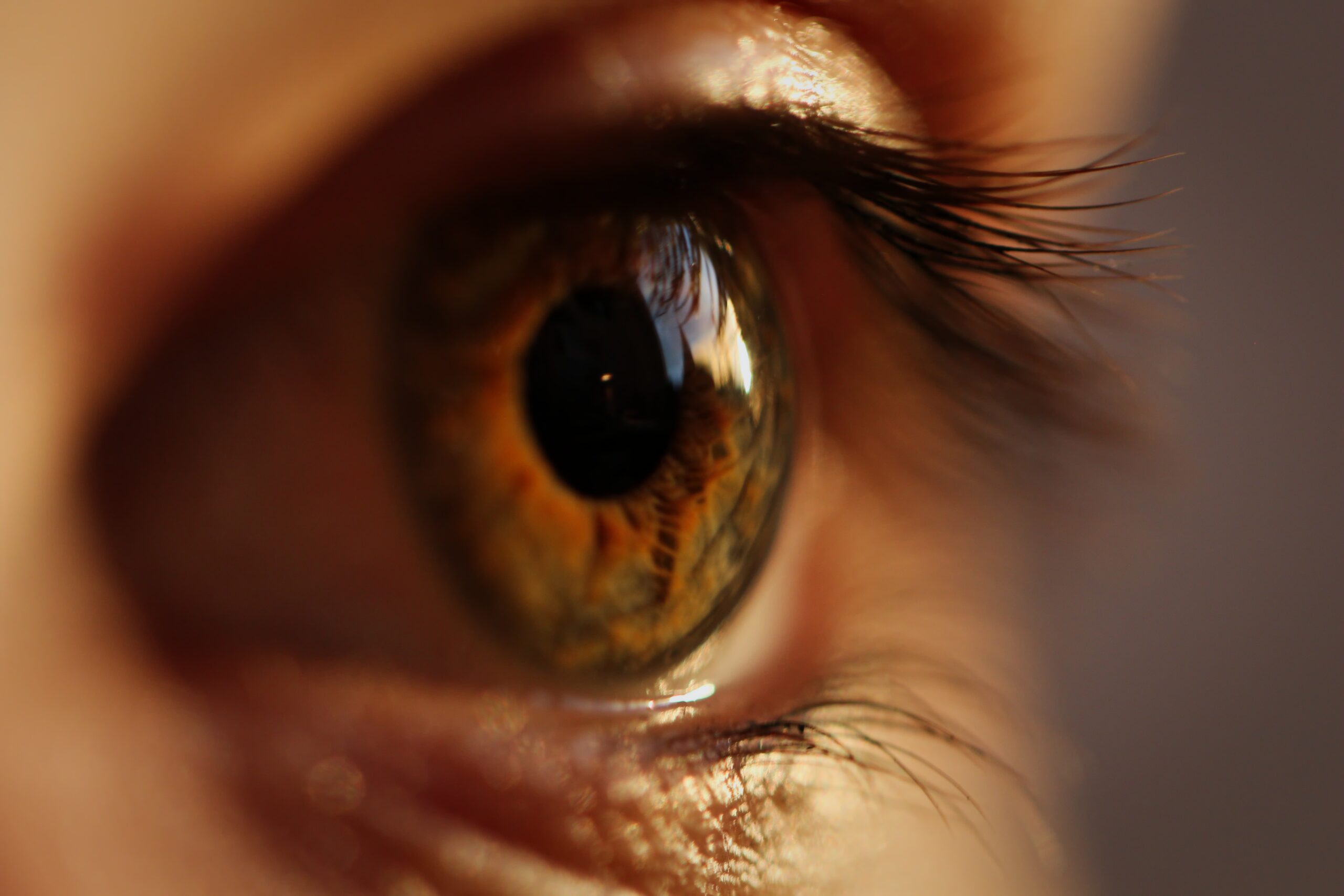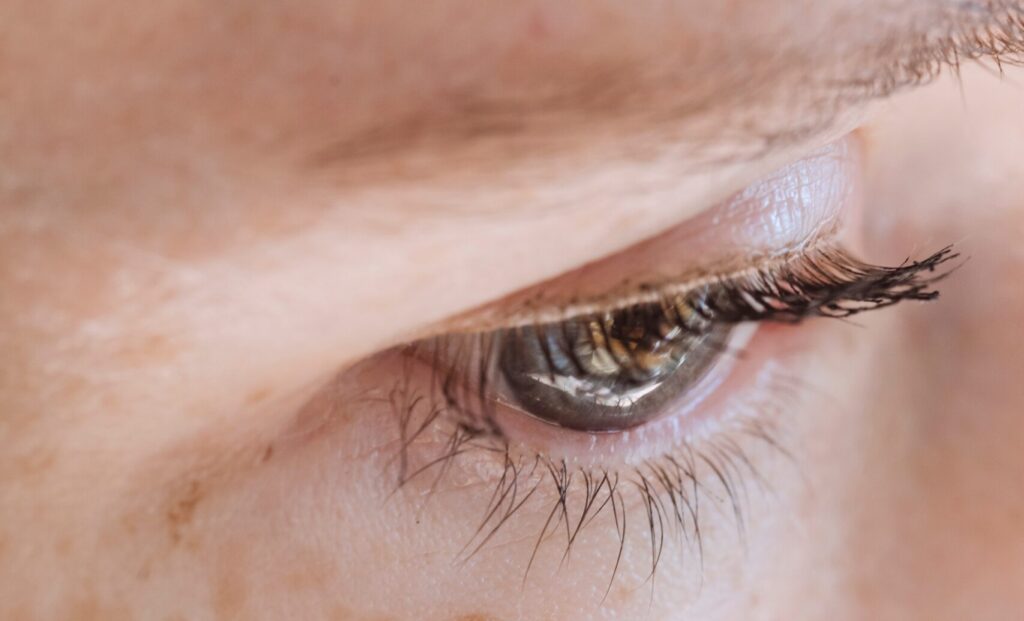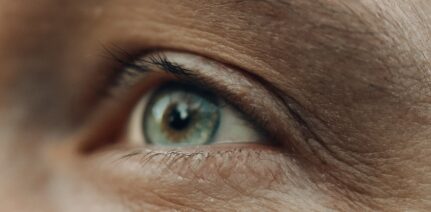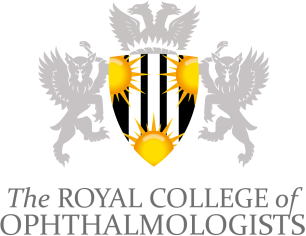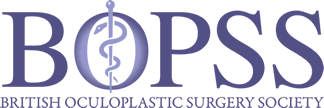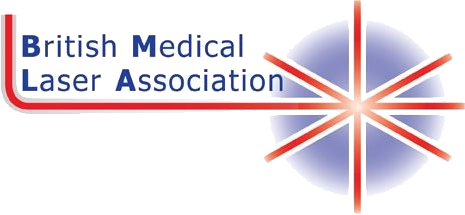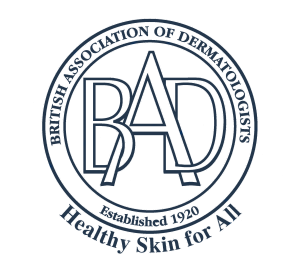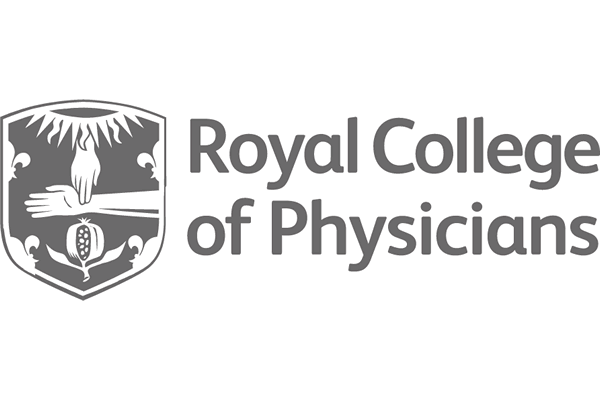There are a variety of symptoms that patients may display due to ectropion such as irritation in and around the eye area, a greater sensitivity to light and wind due to the more exposed nature of the inner eye. Watery eyes are also very common in those with ectropion because the outwardly turned eyelid prevents the tear drainage system from operating properly (the tears do not get to the tearduct entry site on the inner eyelid) leading to an inability to control the production and flow of tears and so causing watery eyes.
Due to the nature of ectropion, without surgery the problem cannot fix itself because once the skin and muscles have become lax, surgery is the only option to ensure the eyelid is back into the right place to restore proper function to the eyelid.

